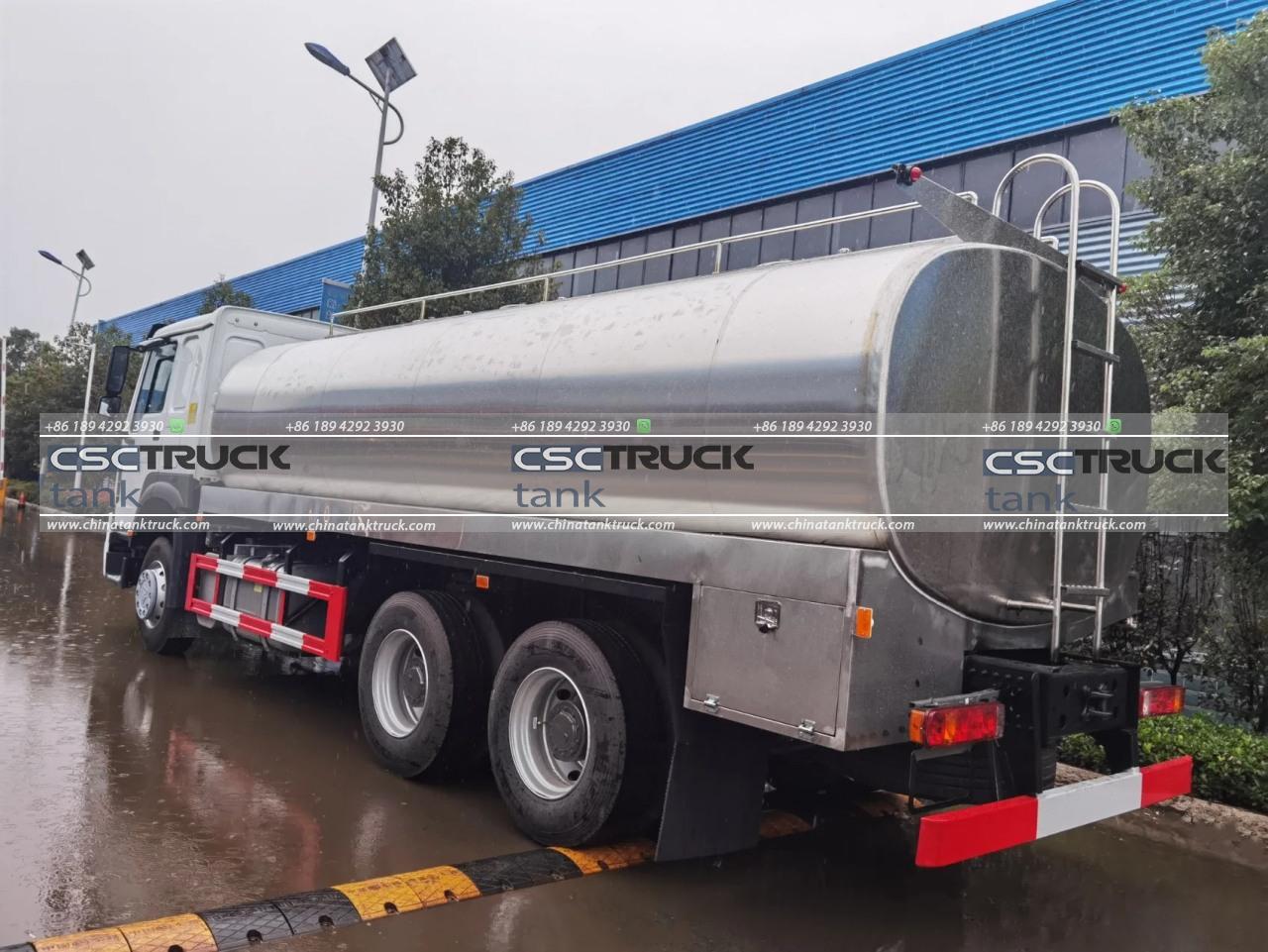How Long Can Milk Stay in a Tanker Truck?
Milk is a staple in many diets around the world, and ensuring its freshness and safety is crucial for both consumers and producers. From the dairy farm to the grocery store, milk undergoes several stages of handling, including transport in tanker trucks. One of the critical questions in this process is: how long can milk stay in a tanker truck before it becomes unsafe or unfit for consumption? This question touches on various aspects of milk preservation, food safety regulations, and logistical considerations.
Understanding Milk’s Journey
Before diving into the specifics of storage time, it’s important to understand the journey milk takes from the dairy farm to the consumer. After milking, the milk is immediately cooled to around 39°F (4°C) to slow bacterial growth. It is then transported to a processing plant in a tanker truck, where it undergoes pasteurization and other treatments.

The Role of Tanker Trucks
Tanker trucks used for transporting milk are specially designed to maintain the milk’s quality. They are insulated and equipped with cooling systems to keep the milk at a consistent, low temperature throughout the journey. The internal materials of these trucks are also non-reactive and easy to clean, preventing any contamination.
Key Factors Affecting Milk’s Shelf Life in Tanker Trucks
1. Temperature Control: The most crucial factor in determining how long milk can stay in a tanker truck is temperature. Milk should be kept at a temperature of 39°F (4°C) or lower. This temperature inhibits bacterial growth and helps preserve the milk’s freshness. If the cooling system fails or is inadequate, the milk can quickly spoil, even if it is not held in the truck for an extended period.
2. Sanitation: The cleanliness of the tanker truck is another critical factor. Residual milk, bacteria, or contaminants left in the truck from previous loads can affect the quality of the milk being transported. Regular cleaning and sanitation protocols are necessary to maintain the truck’s hygiene and prevent cross-contamination.
3. Duration of Transport: In general, milk is not intended to stay in a tanker truck for extended periods. The industry standard is to ensure that milk is transported as quickly as possible to minimize the time it spends in the truck. Transport times can vary depending on the distance between the dairy farm and the processing plant or distribution center. Typically, milk should be processed within 48 hours of milking.
4. Regulations and Standards: Regulatory agencies, such as the U.S. Food and Drug Administration (FDA) and similar bodies in other countries, set guidelines for milk transport and storage. These regulations often specify maximum allowable time limits for milk to remain in a tanker truck and detail the required conditions for transport to ensure milk safety. Compliance with these regulations is crucial for preventing spoilage and ensuring consumer safety.

Best Practices for Milk Transport
To ensure that milk remains fresh and safe during transportation, several best practices are followed:
– Regular Monitoring: Temperature and cleanliness should be continuously monitored throughout the transport process. Many modern tanker trucks are equipped with sensors and data loggers to track these conditions in real-time.
– Prompt Processing: Efforts are made to minimize the time milk spends in the tanker truck by coordinating transport schedules and optimizing routes. This is particularly important in regions with extensive dairy operations or long transport distances.
– Proper Handling: Drivers and operators are trained in proper handling techniques to prevent any contamination or damage to the milk. This includes avoiding exposure to high temperatures and ensuring that the tanker is thoroughly cleaned after each load.
Potential Issues and Solutions
Several potential issues can affect milk quality during transport, including:
– Cooling System Failures: A malfunctioning cooling system can cause milk to warm up, leading to bacterial growth and spoilage. Regular maintenance and checks are essential to prevent such failures.
– Contamination Risks: Any residual milk or contaminants in the tanker truck can affect the new load. Strict cleaning protocols and inspections before each use help mitigate this risk.
– Extended Transport Times: In cases where milk must be transported over long distances or through remote areas, alternative solutions such as additional cooling measures or expedited processing may be required to maintain quality.

Conclusion
Milk’s journey from the farm to the consumer is a complex process that requires careful management to ensure its safety and freshness. The time milk can stay in a tanker truck is influenced by various factors, including temperature control, sanitation, and adherence to regulations. By following best practices and maintaining stringent standards, the dairy industry can effectively manage milk transport and ensure that consumers receive high-quality products.
Ultimately, the goal is to minimize the time milk spends in the tanker truck and to maintain optimal conditions throughout the journey. By understanding and addressing the factors that affect milk’s shelf life in transport, stakeholders in the dairy industry can uphold the highest standards of quality and safety.

